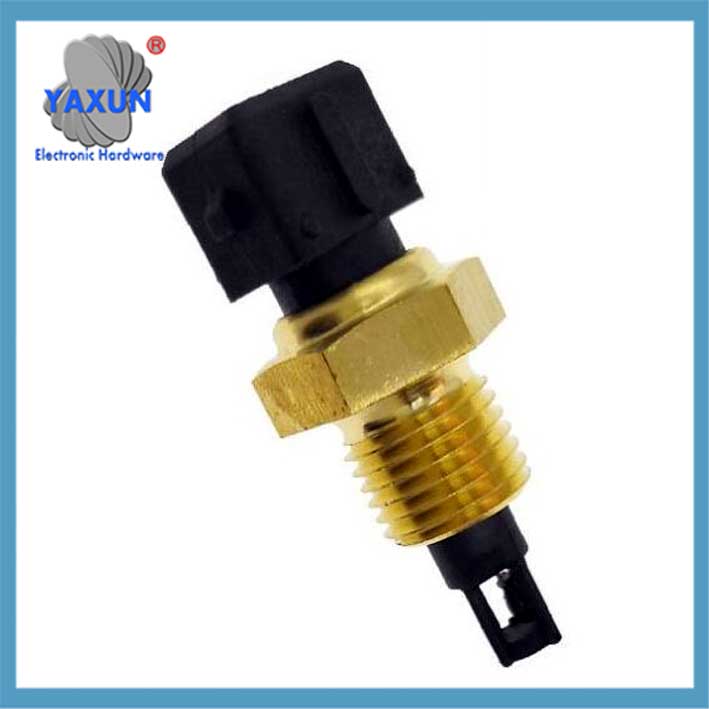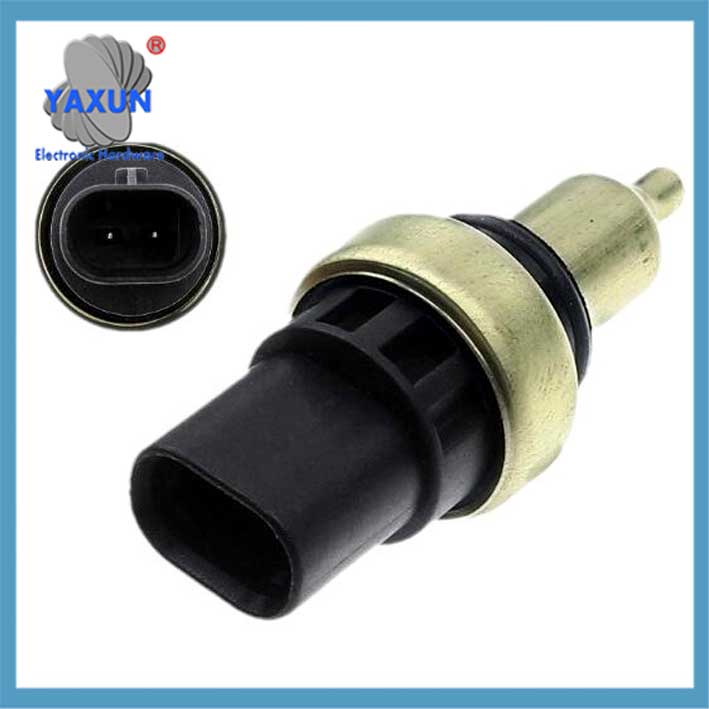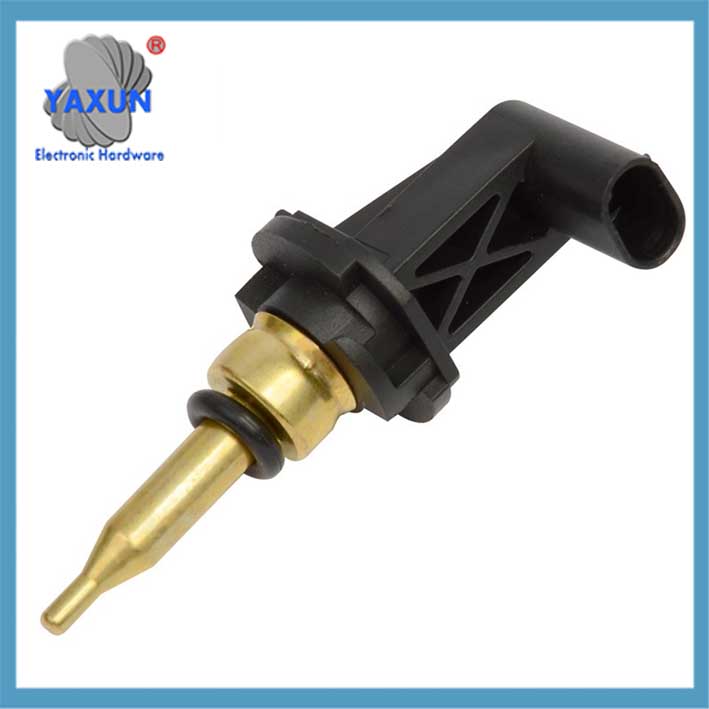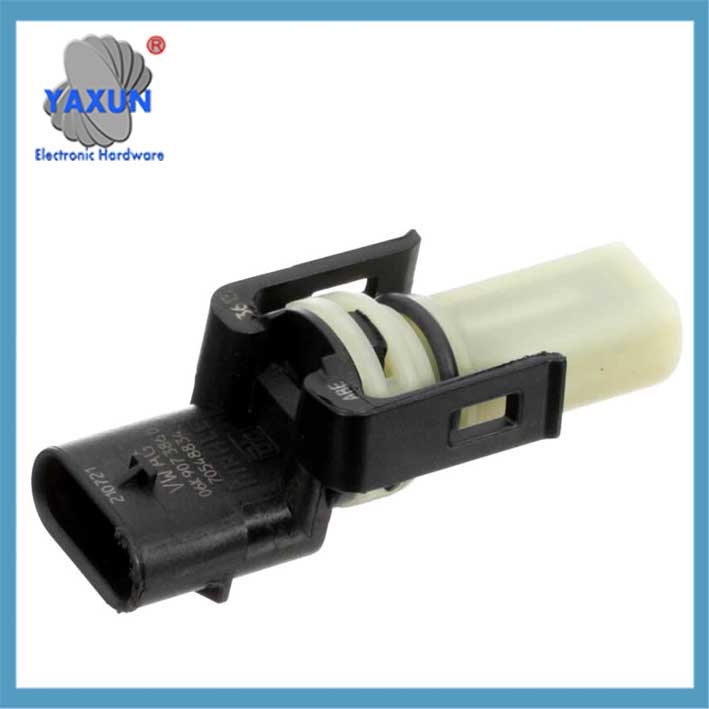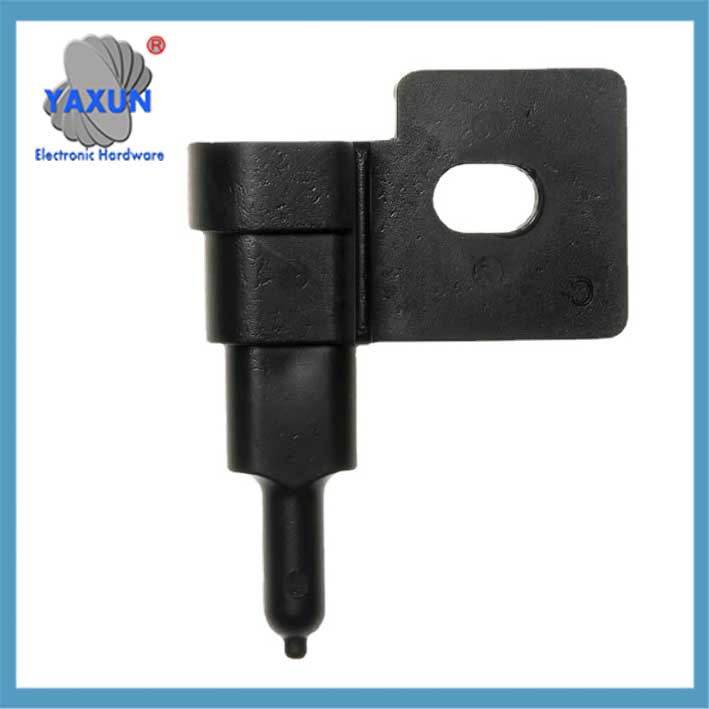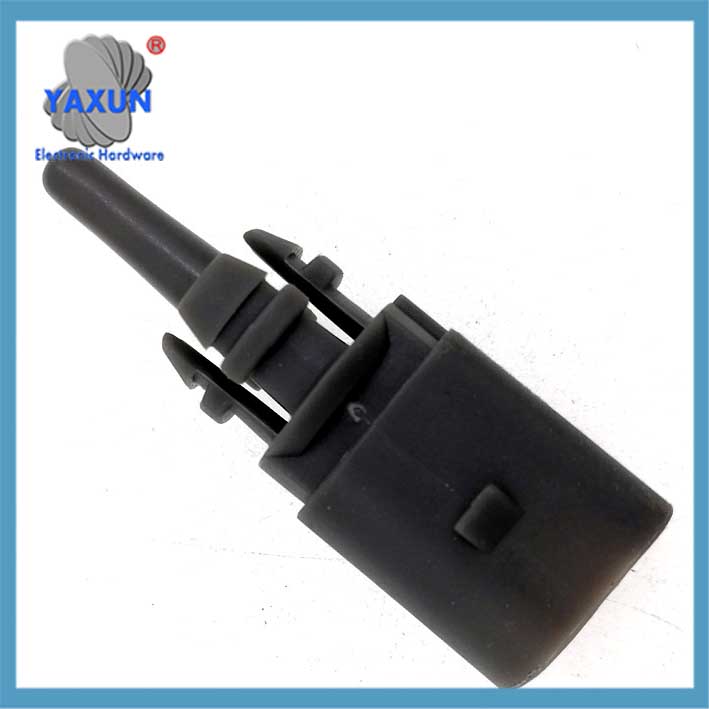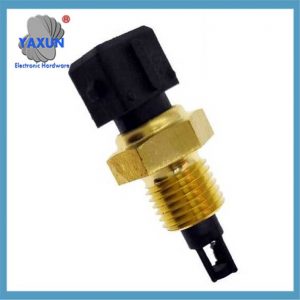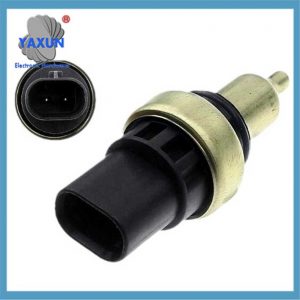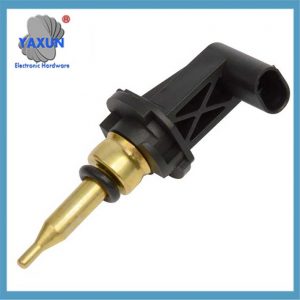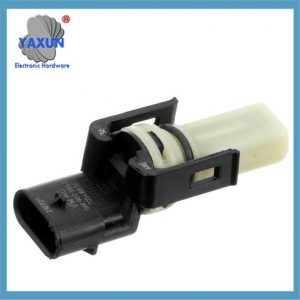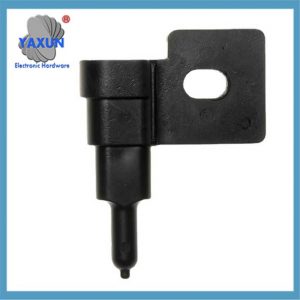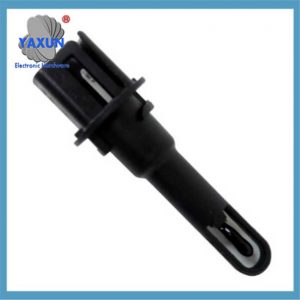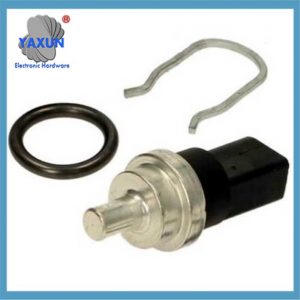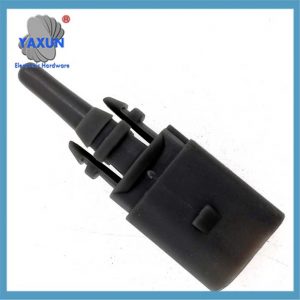catégories de produits
- fusion thermique 32
- fusibles à montage en surface 12
- thermistance 36
- Porte-fusible à montage sur circuit imprimé 27
- Faisceau de câblage 6
- Porte-fusibles à lame 17
- thermostat 50
- Fusible électrique 24
- Capteur de température automobile 7
- Disjoncteur thermique 22
- Porte-boîte à fusibles 36
- Capteur de température 75
- Interrupteur thermique 68
- Fusible de voiture 20
- Fusibles boulonnés 8
Mots clés du produit
Fonctions et classification des capteurs de température automobile
Le capteur de température automobile est le composant central du système de gestion thermique du véhicule ( Capteur de température cool, Capteur de température de l'air en passant, Capteur de température de l'huile de transmission, Capteur de température externe / intérieur), qui fournit des données clés pour l'unité de contrôle du moteur (ECU) pour optimiser les performances du véhicule en surveillant les changements de température dans différentes zones. Les principales classifications et fonctions sont les suivantes:
Temperature sensors are widely used in automobiles, such as coolant temperature sensors (capteurs de température de l'eau), intake temperature sensors, transmission oil temperature sensors, etc.. The main function of these sensors is to monitor the temperature of different parts and feed back the data to the ECU to adjust the operating parameters of the engine and vehicle systems.
The next thing to consider is the type and working principle of the sensor. Commonly used ones are negative temperature coefficient thermistors (CTN), thermocouples, platinum resistance detectors (RDT), etc.. Parmi eux, NTC is the most widely used. Par exemple, the water temperature sensor uses the characteristic that the resistance of NTC decreases with increasing temperature. Silicon-based sensors such as KTY84 are used in higher precision occasions, such as oil temperature detection. The measurement range and accuracy of different sensors have their own characteristics. Par exemple, thermocouples are suitable for high temperature environments, but the accuracy is low; platinum resistance detectors have high accuracy but high cost.
The installation location is also critical. Par exemple, the water temperature sensor is usually near the water jacket of the engine block or cylinder head, while the intake temperature sensor is in the intake pipe or air flow meter. The location of the external temperature sensor varies, some are in the front bumper, some are near the water tank, and the difference between different models is large. The choice of these locations directly affects the accuracy of the measurement and the durability of the sensor.
In terms of function, the temperature sensor has a great impact on vehicle performance. Abnormal water temperature sensors can cause problems such as difficult cold starts, régime de ralenti instable, and increased fuel consumption. Failure of the intake temperature sensor may cause an imbalance in the mixture ratio and affect power output. These failure cases illustrate the importance of sensors, especially the impact of data inaccuracy on ECU decision-making.
The fault handling section needs to summarize common problems and solutions. Par exemple, signal drift, line aging, physical damage, etc.. During diagnosis, the actual temperature can be compared by measuring resistance, voltage or data flow. Here we should emphasize the importance of regular maintenance and correct installation to avoid major failures caused by minor problems.
Enfin, the development of new technologies is also improving the performance of sensors. Par exemple, Continental’s eRTS sensor can directly measure the temperature of the motor rotor with an accuracy of ±3°C, reducing the use of rare earth materials. This innovation demonstrates the progress of temperature sensors in the field of electric vehicles.
🔧 I. Core types and technical principles
Capteur de température cool
Location: Bloc-cylindres moteur/chemise d'eau de culasse (mainstream position for 65% of models), near the thermostat or coolant shunt pipe.
Principle: Using negative temperature coefficient thermistor (CTN), the resistance drops to 0.3kΩ at 80℃ (2.5kΩ at 20℃).
Function: Correct low temperature injection amount (+30% cold start compensation), adjust ignition advance angle (-20℃ advance 8–12°), control idle speed (low temperature rises to 1200–1500rpm).
Capteur de température de l'air en passant
Location: Intake pipe or inside air flow meter 5.
Impact: Abnormal signal leads to mixture imbalance, causing cold start difficulty or weak acceleration.
Transmission oil temperature sensor
Location: Inside the oil pan of the automatic transmission valve plate 5.
Function: Provide temperature basis for shift logic, oil pressure control and locking clutch.
Exterior/interior temperature sensor
Exterior: Behind the front bumper or the front wall of the cab, controlling the temperature zone of the automatic air conditioner.
Interior: The ventilation duct under the instrument panel monitors the ambient temperature of the cabin.
⚙️ II. Technological evolution and innovation
| Sensor type | Installation location | Fonction | Exigences de précision |
| Coolant temperature sensor | Cylinder head water jacket/thermostat periphery | Correct fuel injection amount (low temperature +30% compensation), adjust ignition angle (8-12° in advance at -20°C) | ±3°C (2025 new model) |
| Intake temperature sensor | Intake pipe or air flow meter | Correct air-fuel ratio, failure will cause hot start difficulty and excessive emissions | ±5℃ |
| Transmission oil temperature sensor | Inside valve plate oil pan | Control shift logic and oil pressure to prevent lubrication failure caused by high temperature | ± 2 ℃ |
| Exhaust temperature sensor | Behind three-way catalytic converter | Monitor catalyst overheating (300-400°C working condition) and trigger protection mechanism | ±15℃ |
| Motor rotor temperature sensor | Inside permanent magnet synchronous motor rotor | Directly monitor magnet temperature to prevent high temperature demagnetization at 150°C and reduce rare earth usage | ±3°C (eRTS technology) |
| Battery temperature sensor | Battery pack thermal management area | Ensure the lithium battery operating temperature range (-20℃~60℃) to prevent thermal runaway | ±1℃ |
Breakthrough in precision measurement: The new eRTS sensor directly measures the motor rotor temperature through piezoelectric ultrasonic technology, with an accuracy increased from ±15℃ to ±3℃, reducing dependence on rare earth materials.
Material upgrade: The silicon-based KTY84 sensor can work at -40℃~300℃, and its linear resistance-temperature characteristics are suitable for high-temperature scenarios such as diesel injection systems.
⚠️ III. Typical faults and diagnosis
Iv. Differences in installation position and impacts
Same function, different position: The external temperature sensor is located in the drain groove or front bumper of the Sagitar model, while some models are integrated under the rearview mirror.
Accuracy correlation: When the coolant sensor is in direct contact with the liquid, the error is ≤±15℃, and the indirect calculation (such as the motor stator inferring the rotor) has an error of up to 15℃.
💎 Résumé
The temperature sensor is like the “nerve endings” of the car, and its accuracy directly affects the power output efficiency and energy consumption. Avec le développement de véhicules électriques, high-precision direct measurement technology (such as eRTS) is gradually replacing the indirect inference mode, promoting the refined revolution of the thermal management system. Regular detection of resistance characteristics and signal stability is the key to preventing systemic failures.
Contactez-nous
En attente de votre email, nous vous répondrons dans les 12 heures avec des informations précieuses dont vous aviez besoin.
 English
English Afrikaans
Afrikaans العربية
العربية বাংলা
বাংলা bosanski jezik
bosanski jezik Български
Български Català
Català 粤语
粤语 中文(简体)
中文(简体) 中文(漢字)
中文(漢字) Hrvatski
Hrvatski Čeština
Čeština Nederlands
Nederlands Eesti keel
Eesti keel Suomi
Suomi Français
Français Deutsch
Deutsch Ελληνικά
Ελληνικά हिन्दी; हिंदी
हिन्दी; हिंदी Magyar
Magyar Bahasa Indonesia
Bahasa Indonesia Italiano
Italiano 日本語
日本語 한국어
한국어 Latviešu valoda
Latviešu valoda Lietuvių kalba
Lietuvių kalba македонски јазик
македонски јазик Bahasa Melayu
Bahasa Melayu Norsk
Norsk پارسی
پارسی Polski
Polski Português
Português Română
Română Русский
Русский Cрпски језик
Cрпски језик Slovenčina
Slovenčina Slovenščina
Slovenščina Español
Español Svenska
Svenska ภาษาไทย
ภาษาไทย Türkçe
Türkçe Українська
Українська اردو
اردو Tiếng Việt
Tiếng Việt
